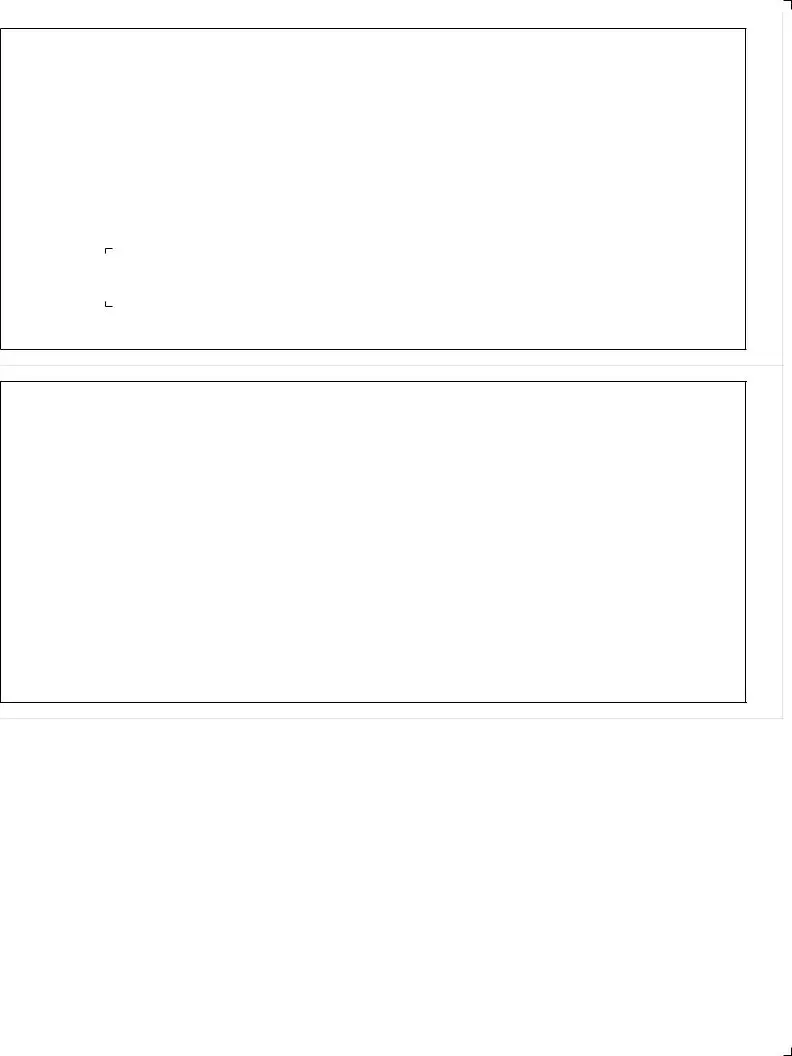What is an Auto Insurance Card, and why do I need to keep it in my vehicle?
An Auto Insurance Card serves as proof of your vehicle’s insurance policy. It contains vital details such as the insurance company's name and contact information, policy number, effective and expiration dates of the policy, as well as your vehicle’s year, make, model, and Vehicle Identification Number (VIN). You are required to keep this card in your vehicle because most states mandate that drivers have proof of insurance readily available to present to law enforcement or other parties in the event of a traffic stop or an accident.
How can I obtain my Auto Insurance Card?
You can obtain your Auto Insurance Card directly from your insurance agency or company. After purchasing or renewing an auto insurance policy, the company will typically mail you the card. Alternatively, many insurers offer digital access through their websites or mobile apps, where you can download and print your insurance card or keep a digital version on your smartphone.
What should I do if my Auto Insurance Card is lost or damaged?
If your Auto Insurance Card is lost or damaged, promptly contact your insurance agent or company to request a replacement. Many insurers can provide you with a temporary digital insurance card via email or their mobile app until your new card arrives by mail. Ensuring you have a valid insurance card in your vehicle at all times is crucial to comply with legal requirements and to facilitate information exchange in the event of an accident.
What is the “IMPORTANT NOTICE ON REVERSE SIDE” mentioned on the Auto Insurance Card?
The “IMPORTANT NOTICE ON REVERSE SIDE” refers to additional information or instructions provided by the insurance company, typically found on the back of your Auto Insurance Card. This notice often includes guidance on what to do in the event of an accident, such as how to report it to your insurance agency and what information to collect from other parties involved. It’s important to read and understand this notice to be prepared in case of an emergency.
Why does the card include an artificial watermark, and how do I view it?
The artificial watermark on the Auto Insurance Card is a security feature designed to deter fraud and confirm the document's authenticity. You can view this watermark by holding the card at an angle to the light. The visibility of the watermark when viewed from certain angles helps verify that the card is genuine and has been issued by a legitimate insurer, thereby offering protection against counterfeit documents.

